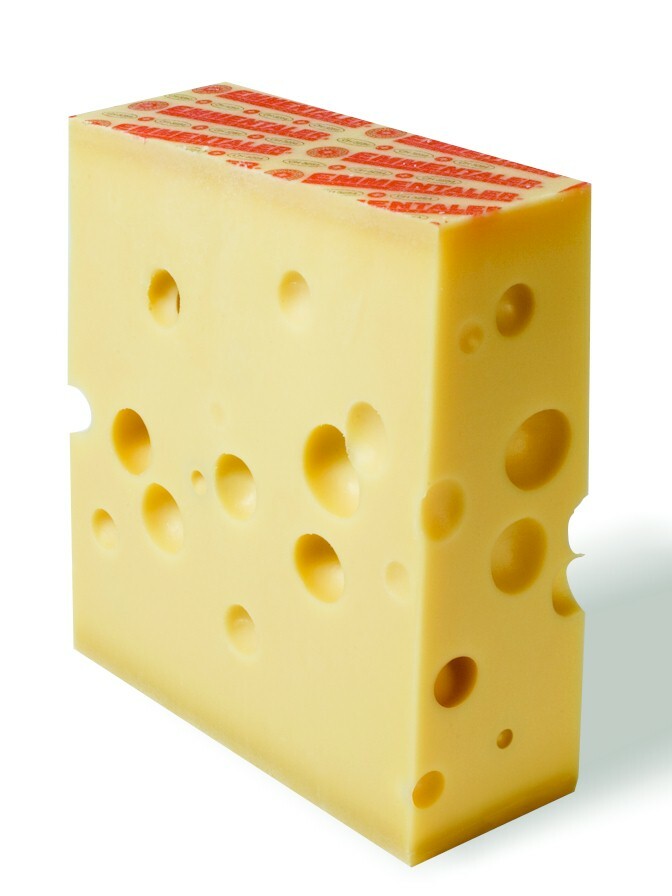Eyes (cheese) on:
[Wikipedia]
[Google]
[Amazon]
 Eyes are the round holes that are a characteristic feature of Swiss-type cheese (e.g. Emmentaler cheese) and some Dutch-type cheeses. The eyes are formed by bubbles of
Eyes are the round holes that are a characteristic feature of Swiss-type cheese (e.g. Emmentaler cheese) and some Dutch-type cheeses. The eyes are formed by bubbles of
B-6947/2023
of 2 April 2025
 Eyes are the round holes that are a characteristic feature of Swiss-type cheese (e.g. Emmentaler cheese) and some Dutch-type cheeses. The eyes are formed by bubbles of
Eyes are the round holes that are a characteristic feature of Swiss-type cheese (e.g. Emmentaler cheese) and some Dutch-type cheeses. The eyes are formed by bubbles of carbon dioxide
Carbon dioxide is a chemical compound with the chemical formula . It is made up of molecules that each have one carbon atom covalent bond, covalently double bonded to two oxygen atoms. It is found in a gas state at room temperature and at norma ...
gas during the cheesemaking process. The gas is produced by various species of bacteria
Bacteria (; : bacterium) are ubiquitous, mostly free-living organisms often consisting of one Cell (biology), biological cell. They constitute a large domain (biology), domain of Prokaryote, prokaryotic microorganisms. Typically a few micr ...
in the cheese.
Swiss cheese
In Swiss-type cheeses, the eyes form as a result of the activity of propionic acidbacteria
Bacteria (; : bacterium) are ubiquitous, mostly free-living organisms often consisting of one Cell (biology), biological cell. They constitute a large domain (biology), domain of Prokaryote, prokaryotic microorganisms. Typically a few micr ...
(''propionibacteria
''Propionibacterium'' is a Gram-positive bacteria, gram-positive, anaerobic, rod-shaped genus of bacteria named for their unique metabolism: They are able to synthesize propionic acid by using unusual transcarboxylase enzymes.
Its members are pr ...
''), notably ''Propionibacterium freudenreichii
''Propionibacterium freudenreichii'' is a gram-positive, Motility, non-motile bacterium that plays an important role in the creation of Emmental cheese, and to some extent, Jarlsberg cheese, Leerdammer and Maasdam cheese. Its concentration in Swi ...
'' subsp. ''shermanii''.P.L.H. McSweeney, ''Biochemistry of Cheese Ripening: Introduction and Overview'', in: Fox, p. 349 These bacteria transform lactic acid
Lactic acid is an organic acid. It has the molecular formula C3H6O3. It is white in the solid state and it is miscible with water. When in the dissolved state, it forms a colorless solution. Production includes both artificial synthesis as wel ...
into propionic acid
Propionic acid (, from the Greek language, Greek words πρῶτος : ''prōtos'', meaning "first", and πίων : ''píōn'', meaning "fat"; also known as propanoic acid) is a naturally occurring carboxylic acid with chemical formula . It is a ...
and carbon dioxide, according to the formula:
:3 lactate → 2 propionate + acetate
An acetate is a salt formed by the combination of acetic acid with a base (e.g. alkaline, earthy, metallic, nonmetallic, or radical base). "Acetate" also describes the conjugate base or ion (specifically, the negatively charged ion called ...
+ CO2 + H2O
The CO2 so produced accumulates at weak points in the curd
Curd is obtained by Denaturation (biochemistry), coagulating milk in a sequential process called curdling. It can be a final dairy product or the first stage in cheesemaking. The coagulation can be caused by adding rennet, a Kefir cheese, ...
, where it forms the bubbles that become the cheese's eyes. Not all CO2 is so trapped: in an cheese, about 20 L of CO2 remain in the eyes, while 60 L remain dissolved in the cheese mass and 40 L are lost from the cheese.
In Swiss cheese production, the number and size of eyes declined in the 2000s. This was the result of increasing standards of hygiene, which reduced the number of dust particles in the milk around which gas bubbles form. In 2025, the Swiss Federal Administrative Court approved the addition of powder (''Flores graminis'') to the milk during cheesemaking, to allow for eyes of the typical number and size to form.DecisioB-6947/2023
of 2 April 2025
Dutch cheese
In Dutch-type cheeses, the CO2 that forms the eyes results from the metabolisation of citrate by citrate-positive ("Cit+") strains of lactococci.Bibliography
*Polychroniadou, A. (2001). ''Eyes in cheese: a concise review.'' '' Milchwissenschaft'' 56, 74–77.References
*Footnotes
{{reflisteyes
An eye is a sensory organ that allows an organism to perceive visual information. It detects light and converts it into electro-chemical impulses in neurons (neurones). It is part of an organism's visual system.
In higher organisms, the ey ...
Food science